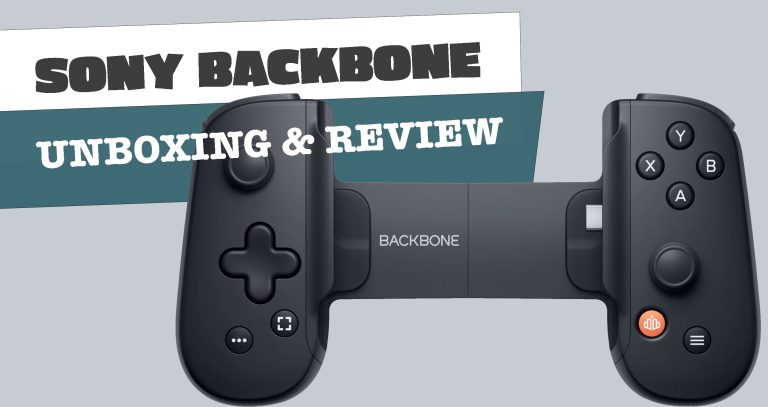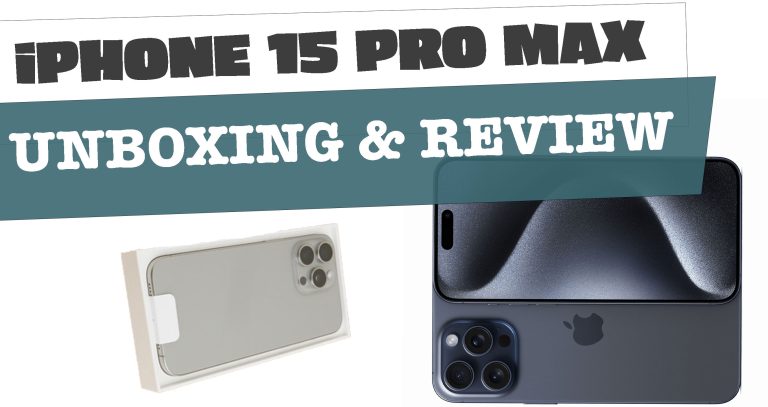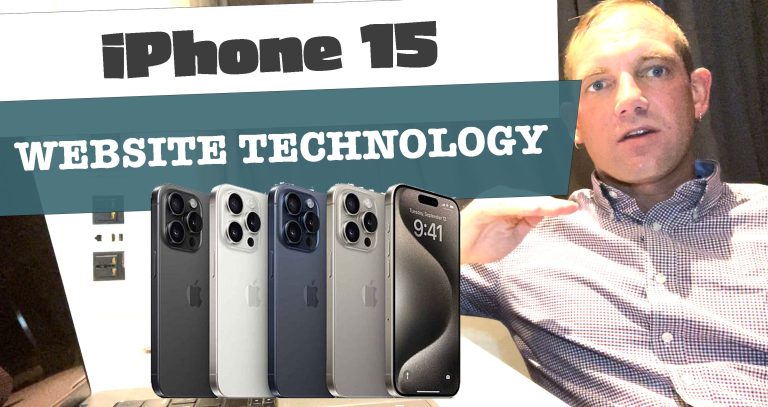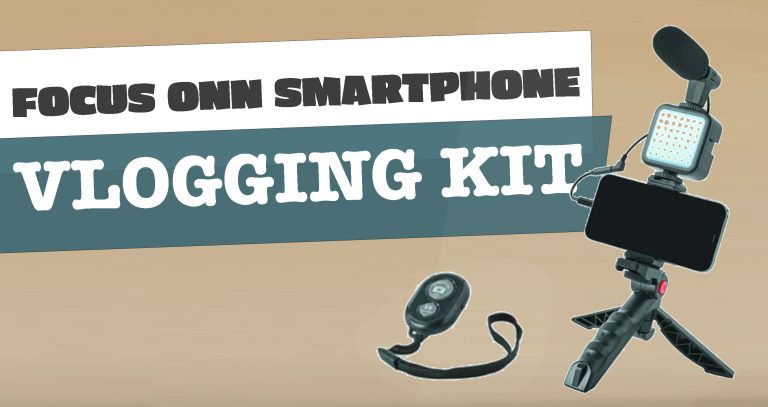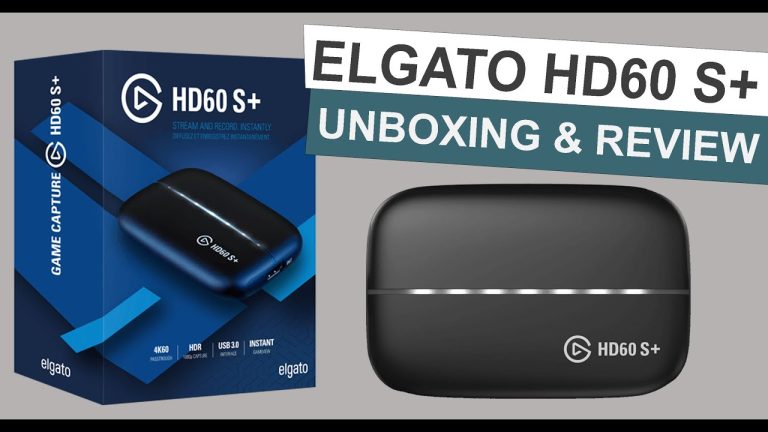
New ergonomics of handheld devices redefine form and function as human interaction with technology continues to evolve. Peripheral equipment like the venerable mouse and keypad may join the junk pile of progress as new functionality of tablets and smartphones continues to change the way in which human beings interact with computers. The popularity of touch screens and multi-touch mobile devices is usurping desktop usage by a margin of 5 to 1. That’s an amazing market shift for traditional hardware that only a short time ago dominated the market. This growth is being driven by new technology to which the public has quickly adapted and now expects to have in their mobile modules.
Already, touch capability is morphing into technology that doesn’t even require touch. Companies such as Leap Motion are developing “gesture sensors” that promise highly sensitive screens that detect finger movement rather than touch. This device is expected to be released by the end of this year and will sell for around $100. With price points like that, the technology is sure to spread to early adapters in a heartbeat. Initially, the device will be available for desktops. Hi-tech Pundits believe that they will take root at the PC level as touch technology becomes the next wave for home and office computers.
However, the next generation of PC and handheld devices will incorporate what’s called “hover and swipe” technology. It’s estimated that 50% of portable PCs and handhelds will be utilizing this technology. This advancement allows users to navigate on small screens with natural hand and finger gestures without fatigue.
Much of the new technology is being driven by emerging skills resulting from the revolution taking place and changes in human interaction. For example, many of today’s users can now type faster on a mobile device than on a standard keyboard. Realizing this, developers are adjusting their designs to accommodate that type of developing computer-human interaction.

